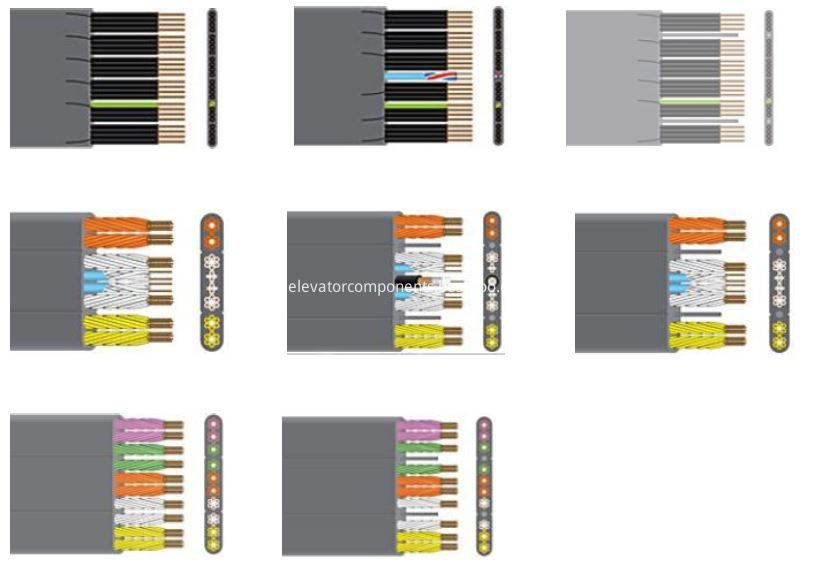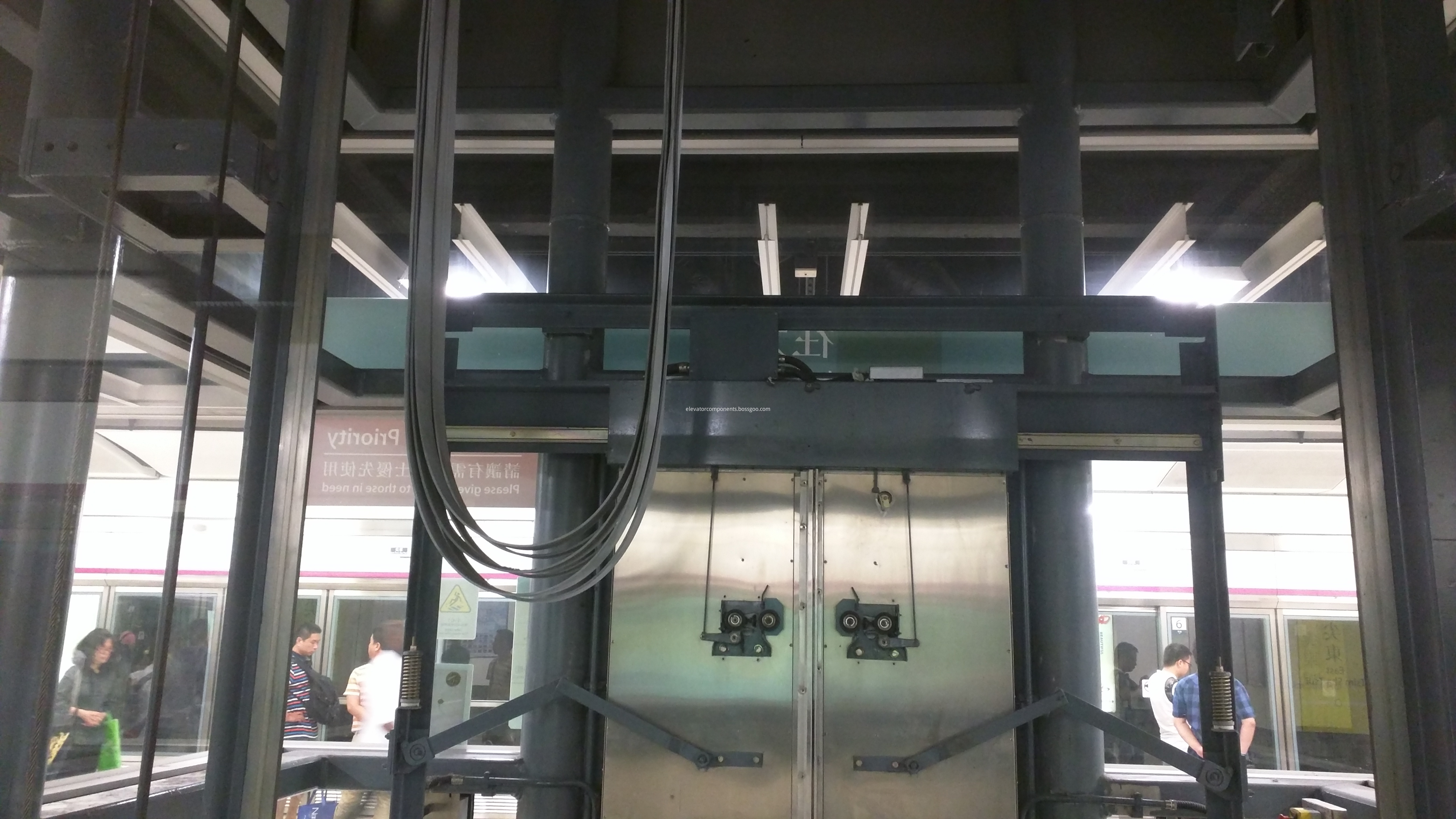In general, it is difficult to design and select the best pump impeller for a given operating condition. Massimo Antonini, a pump specialist at Industrie Saleri Italo in Italy, describes a mathematical modeling approach that automates the design and selection of impellers . Impeller is the core components of the pump, the main impact of work efficiency factors. Under certain conditions, hydraulic and gap losses can occur at the pump inlet and vanes if the impeller is not designed properly. Such losses are estimated by many one-dimensional models; most notable models include Pfleiderer et al.1, Japikse et al.2,3, Tuzson4,5, Stepanoff6 and Neumann7. There are many more studies 8-12 that present some of the pump design procedures based more or less on these models. The main limitation of these models is their analogy: the optimization process can not proceed with these models. Computational fluid dynamics (CFD) simulation technology to solve this problem. This technique calculates flow distribution using the Navier Stokes partial differential equation algorithm. The optimization process is still a critical process and it is difficult to automate it. Designers often have to first try and test, and then modify the geometry according to the results to improve the flow distribution, and repeat the experiment. This iterative process is repeated until the designer thinks the result of step i is ideal (in relation to the designer's own experience). Figure 1: Data point distribution grids Some studies 13 also suggest that the role analysis of each geometric parameter should be based on multivariate analysis (principal component analysis). The authors repeated computational fluid dynamics simulations (CFDs) using different geometric parameters and studied the effects of each of these factors. These studies allow designers to analyze only a small number of geometric parameters, reducing the size of the manual optimization process, thereby reducing optimization time (number of iterations). In recent years, this procedure has been greatly improved, thanks to the development of multi-objective optimization software. The software uses algorithms such as genetic algorithms and hill climbing, parallel structures, and Pareto frontiers to make common CFD software, typically design tools, run automatically. The optimizer can use CFD software to progressively improve the geometry of the impeller until the optimal geometry is obtained. In recent years, some new optimization methods based on different concepts have been developed; Zangeneh16-18 is one of the typical representatives. This method is different from the past, or rather "reverse": first specify the blade load, and then use the 3D reverse design method to calculate the corresponding blade geometry. The optimizer can modify some of the parameters that determine blade loading, so the optimization process is easier than ever. There are many difficulties with manual and automated optimization processes. Observations show that new knowledge emerging during record optimization is necessary. This problem is especially important to pump designers if the optimization process is a routine activity. Most well-designed impellers can be reused. So the question is: how to optimize the design process? The main method is to use the experimental curve of the pump. These curves represent the pressure-flow rate relationship at a particular speed (Figure 2b). This set of curves is a surface in the three-dimensional space of pressure-flow-speed. The surface must be compared with the specific flow rate, head and speed required by the customer. Mathematical Fitting of Surfaces If we want to automate the selection process, it is necessary to fit the surface using mathematical models. This set of flow-speed-pressure points is modeled using the function p = f (Q, n). There are many mathematical methods for fitting surface data points; neural networks 19, nurbs (non-uniform rational B-spline) and B-spline fitting 20 are just a few of them. We chose a revised version of one of the methods mentioned recently, because the surfaces are easy to copy and the calculations are very fast. The method is based on the multi-level B-spline fit (MBA) algorithm proposed by Lee et al. 21; the surface is fitted using a uniform B-spline cubic function defined by its control grid Φ (see Fig. 1). See the detailed mathematical procedure in Box 1. The second feature of this algorithm is multi-level. Given a grid, the fitting function can be calculated. The fitting function returns an error at the specified point xc, yc (flow rate and speed). Then we use a second, more sophisticated mesh (second level) that fits the difference between the previous error, and the estimate of the expected output and the function defined earlier. The function model is built from two fit values. As the number of fitting increases, the marginal error decreases, but the complexity of the same fitting function also increases. The software implementation of the above method is shown in FIG. 2. It must be emphasized that by changing the size (mxn) of the starting grid and the number of stages we get different results. Figure 3 shows, in particular, the course of the mean variance with progression and the resulting curve obtained by this algorithm. The algorithm is particularly efficient because it can quickly output the desired result: Using a grid of about 40 points with m = n = 3 and a six-level calculus, the surface can be fully simulated in less than a second. The second advantage of this method is that the fitting error is very low. For example, the average error of a given point, taking pressure as an example, is below 10-5 bar. & nbsp
Elevator Traveling Cable
Elevator Components
& Elevator Spare Parts - Elevator Traveling Cable

Elevator Travelling Cable
Elevator Traveling Cable
Elevator traveling cable CAT6 CAT5e
Elevator Flat Cable
Elevator flat
traveling cable
Elevator Traveling
Cable Steel Core
Elevator Traveling
Cable with Supporting Steel Core
Elevator round
traveling cable
Elevator CCTV
cable
Elevator Traveling Cable CCTV
elevator control
cable
elevator flexible
cable
elevator screened
cable
elevator shielded
cable
elevator round
cable
elevator coaxial
cable
elevator section
cable
OTIS Elevator Traveling Cables, Thyssen Elevator Traveling Cables, KONE Elevator
Traveling Cables, GiantKONE Elevator Traveling Cables, ThyssenKrupp Elevator
Traveling Cables, Schindler Elevator Traveling Cables, XJ Schindler Elevator
Traveling Cables, Xizi OTIS Elevator Traveling Cables, Mitsubishi Elevator
Traveling Cables, Shanghai Mitsubishi Elevator Traveling Cables, Fujitec
Elevator Traveling Cables, Hitachi Elevator Traveling Cables, Toshiba Elevator
Traveling Cables, Hyundai Elevator Traveling Cables, LG Elevator Traveling
Cables, Sigma Elevator Traveling Cables, Express Elevator Traveling Cables,
GUANGRI Elevator Traveling Cables, FUJI Elevator Traveling Cables, BLT Elevator
Traveling Cables, CANNY Elevator Traveling Cables, SJEC Elevator Traveling
Cables, KOYO Elevator Traveling Cables, IFE Elevator Traveling Cables

Elevator Travelling Cable,Elevator Traveling Cable,Elevator Flat Cable,Elevator Flat Traveling Cable
CEP Elevator Products ( China ) Co., Ltd. , https://www.zjelevatorcontrolsystem.com

